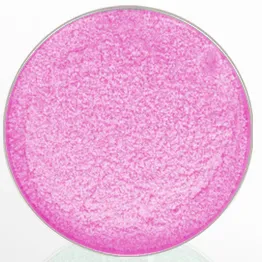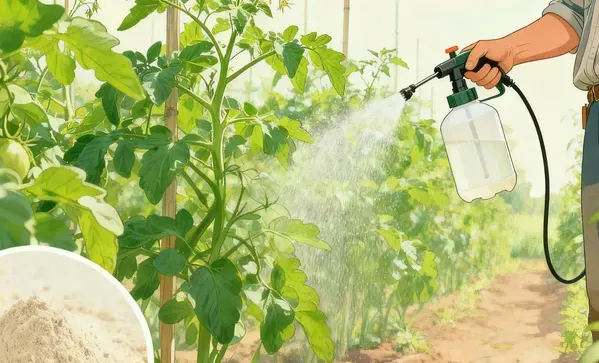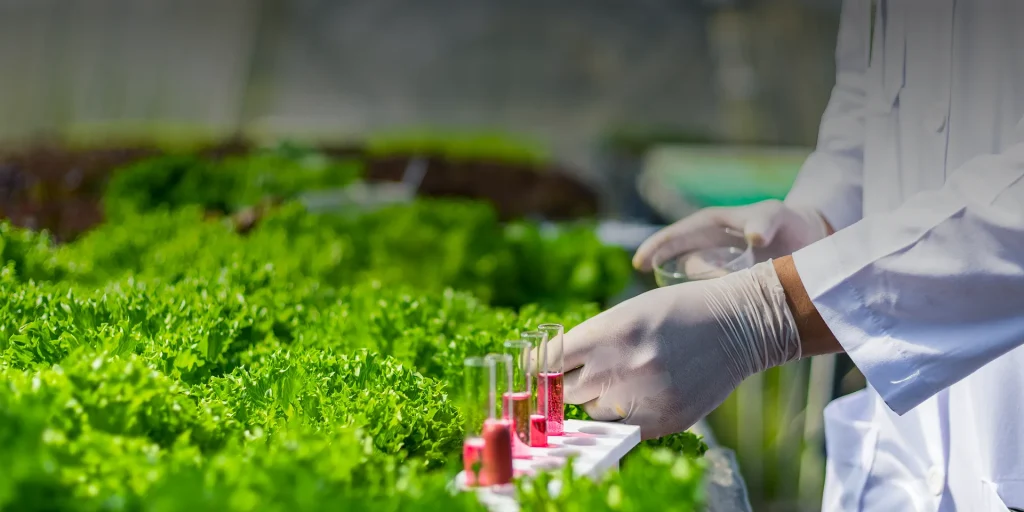Avoid your inquiry is delay response, please enter your WhatsApp/Skype along with the message, so we can contact you at the very first time.
We will reply you within 24 hours. If for urgent case, please add WhatsApp/WeChat:
Warning: Undefined variable $public in /www/wwwroot/lvfertilizer.com/wp-content/themes/hyhadmin/header.php on line 350
Warning: Trying to access array offset on value of type null in /www/wwwroot/lvfertilizer.com/wp-content/themes/hyhadmin/header.php on line 350
,. Or call
Warning: Undefined variable $public in /www/wwwroot/lvfertilizer.com/wp-content/themes/hyhadmin/header.php on line 350
Warning: Trying to access array offset on value of type null in /www/wwwroot/lvfertilizer.com/wp-content/themes/hyhadmin/header.php on line 350
directly.
Plants need food to grow, but many growers struggle to find the right water soluble fertilizer. Poor plant nutrition leads to weak growth, low yields, and plant death. Modern agriculture demands fast-acting, efficient nutrient delivery that works for all crop types.
Water soluble fertilizers dissolve completely in water. This means plants can use the nutrients right away. Unlike dry fertilizer, these liquid nutrients go straight to plant roots.
Key benefits include:
NPK fertilizer full form stands for Nitrogen-Phosphorus-Potassium. These are the three main nutrients plants need:
The ideal NPK ratio depends on your plants. Flowering plants need more phosphorus. Leafy crops need more nitrogen.

Understanding Water Soluble Fertilizers
| Product Type | NPK Ratio | Best For | Key Benefits |
| NPK 20 20 20 | 20-20-20 | All plants | Balanced nutrition |
| Water Soluble Fertilizer | 15-15-30 | Flowers | High potassium |
| Soluble Fertilizer | 15-30-15 | Fruiting plants | Bloom booster |
| Best Water Soluble Fertilizer | 3-37-37 | Tomatoes | Maximum phosphorus |
Professional fertilizer manufacturing requires advanced technology and quality control. Fertilizer factory operations use precise mixing to create consistent fertilizer compounds
Water soluble fertilizer for vegetables needs higher nitrogen early in growth. NPK tomato fertilizer works best with balanced ratios like NPK 15 15 15 fertilizer.
Top choices for vegetables:
NPK fertilizer for flowering plants needs more phosphorus to boost blooms. Water soluble fertilizer for flowers should have ratios like 10-30-20.
Water soluble fertilizer for indoor plants must be gentle. Use diluted solutions to prevent fertilizer burn. Water soluble plant fertilizer works well for houseplants.
Water soluble fertilizer for drip irrigation delivers nutrients directly to roots. This method:
Foliar application sends nutrients through plant leaves. Best practices include:

Foliar Feeding Techniques
BB fertilizer and bulk blending fertilizer create custom fertilizer blends. Fertilizer blending combines different nutrients for specific needs.
Benefits of custom blending:
Ammonium sulphate provides both nitrogen fertilizer and sulfur. Ammonium sulphate fertilizer works well for:
Modern fertilizer manufacturing requires advanced equipment and expertise. Professional facilities produce:
High-quality fertilizers start with pure raw materials:
Proper dilution prevents plant damage:
| Plant Type | Concentration | Frequency |
| Seedlings | 1/4 strength | Weekly |
| Vegetables | 1/2 strength | Bi-weekly |
| Flowers | Full strength | Monthly |
| Trees | Full strength | Quarterly |
Best application times:
Yellow leaves often mean nitrogen shortage. Purple stems suggest phosphorus needs. Brown leaf edges indicate potassium deficiency.
Fertilizer burn shows as:
Prevention methods:
Eco-friendly fertilizer use includes:
Responsible fertilizer use protects water sources:
| Fertilizer Type | Cost per Application | Applications per Season | Total Annual Cost |
| Premium liquid | $15 | 12 | $180 |
| Standard powder | $8 | 12 | $96 |
| NPK 10 10 10 fertilizer | $10 | 8 | $80 |
| Custom blend | $12 | 10 | $120 |
Quality fertilizers provide:
New developments include:
Industry growth driven by:

Future of Water Soluble Fertilizers
Large-scale operations benefit from:
Small-scale users should focus on:
The best water soluble fertilizer depends on your specific plants and growing conditions. Poor fertilizer choices waste money and harm plant health. Professional-grade products from experienced manufacturers deliver consistent results and maximize your growing success.
Key factors for success:
Whether you grow vegetables, flowers, or crops, the right water soluble fertilizer makes healthy plants possible. Professional manufacturing expertise and quality raw materials create fertilizers that deliver results. Invest in proven formulations for the best growing outcomes.